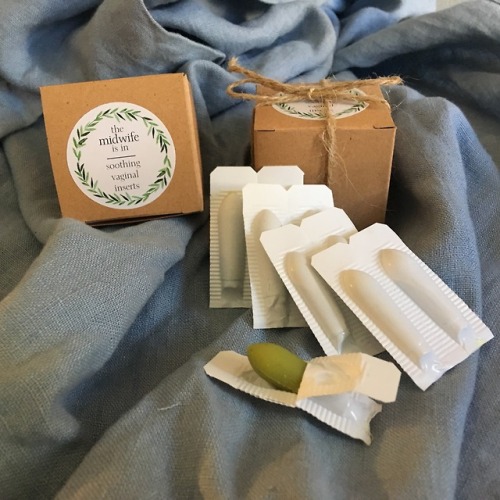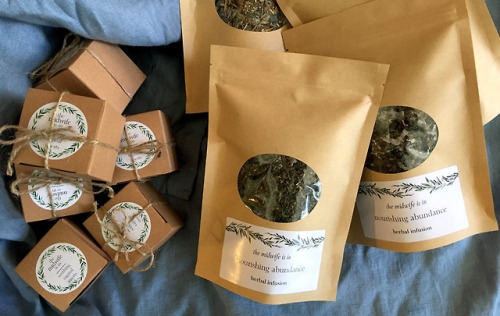#bacterial vaginosis
Vaginal health is a delicate subject to many people. However, it’s also a subject that’s actually rather important. So this post is to help out any person owning a vagina who wants to know more about their body.
There are two very common infections of the vagina- yeast and bacterial. They have very similar symptoms: itching, excessive discharge with heavy scent, burning sensation whilst peeing and pain during sex.
However, there are differences.
YEAST INFECTION (not considered an STD)
A yeast infection, otherwise known as vaginal thrush, comes with either thick white/creamy discharge that typically has no more scent than the average healthy vagina or very thin watery discharge, itching and soreness around the entrance of the vagina (painful labia), a burning sensation whilst urinating and potential pain during sexual incourse.
This is pretty common to get if you constantly wear wet clothing (such as not changing after swimming), have sex while not fully aroused, take antibiotics, are pregnant, have poorly-treated diabetes or have a weakened immune system.
Thrush itself is caused by yeasts (like in bread) produced by a type of fungus named Candida Albicans. This fungus is normally found in all vaginas and is perfectly healthy to have- however, when the good bacteria in your vagina can’t keep the fungus under control it causes thrush.
Mild or weak thrush can be treated by a short course of antifungal medication. The symptoms usually clear up within a week when treated. There are three different types of medication:
-pessaries – a special pill that you insert into your vagina using a special applicator
-intravaginal creams – these are also placed into the vagina using an applicator
-capsules –these are swallowed and may be more convenient to use than pessaries or intravaginal cream, but can have more troublesome side effects, such as vomiting or an upset stomachMost of these medications can be bought over the counter, although some such as capsules need to be prescribed. The best brands are probably either Vagisil or Canesten, both over-the-counter brands.
Ways to prevent getting thrush altogether are:
-use water and an emollient (moisturiser) soap substitute to clean the skin around your vagina, but avoid cleaning this area more than once a day
-apply a greasier moisturiser to the skin around your vagina several times a day to protect it (but be aware that these moisturisers can weaken condoms)
-avoid potential irritants in perfumed soaps, shower gels, vaginal deodorants, wipes and douches
-avoid wearing tight-fitting underwear or tights – some people find that special silk underwear designed for people with eczema and thrush is helpful
-ensure your blood sugar level is kept under control, if you have diabetesBACTERIAL INFECTION (not considered an STD although generally sex is thought to increase the risks)
A bacterial infection, otherwise known as bacterial vaginosis, comes with thin, grey, white or green discharge, foul-smelling fishy odor, vaginal itching and a burning sensation whilst peeing. However, a lot of people with it have hardly any to even no symptoms.
Please visit your doctor if:
-You have vaginal discharge that’s new and associated with an odor or fever. Your doctor can help determine the cause and identify signs and symptoms.
-You’ve had vaginal infections before, but the color and consistency of your discharge seems different this time.
-You have multiple sex partners or a recent new partner. Sometimes, the signs and symptoms of a sexually transmitted infection are similar to those of bacterial vaginosis.
-You try self-treatment for a yeast infection with an over-the-counter treatment and your symptoms persist or even worsen.Bacterial vaginosis comes from overgrowth of one of several bacteria naturally found in your vagina. Usually, “good” bacteria (lactobacilli) outnumber “bad” bacteria (anaerobes). But if there are too many anaerobic bacteria, they upset the natural balance of microorganisms in your vagina and cause bacterial vaginosis.
Risks that increase your chance of getting bacterial vaginosis are douching (washing out the inside of your vagina using water or other cleaning agents), multiple sex partners, and sometimes you naturally lack enough of the good lactobacilli bacteria.
Bacterial vaginosis needs to be treated with prescribed meds only.
Ways to help prevent bacterial vaginosis are:
-Help keep your vaginal bacteria balanced. Use warm water only to clean the outside of your vagina. You do not need to use soap. Even mild soap can cause infection or irritate your vagina. Always wipe front to back from your vagina to your anus. Keep the area cool by wearing cotton or cotton-lined underpants.
-Do not douche. Douching removes some of the normal bacteria in the vagina that protect you from infection. This may raise your risk of BV. It may also make it easier to get BV again after treatment. Doctors do not recommend douching.
-Practice safe sex. The best way to prevent the spread of BV through sex is to not have vaginal, oral, or anal sex. If you do have sex, you can lower your risk of getting BV, and any STI, with the following steps. The steps work best when used together. No single step can protect you from BV or every single type of STI. Steps to lower your risk of BV or STIs include:
-Use condoms. Condoms are the best way to prevent BV or STIs when you have sex. Make sure to put on the condom before the penis touches the vagina, mouth, or anus. Other methods of birth control, like birth control pills, shots, implants, or diaphragms, will not protect you from STIs.
-Get tested. Be sure you and your partner are tested for STIs. Talk to each other about your test results before you have sex.
-Limit your number of sex partners. Your risk of getting BV and STIs goes up with the number of partners you have.Mods, anything to add?
-Admin Falcon
Amsel criteria for diagnosis of bacterial vaginosis. It occurs when the balance of bacteria that naturally occur in the vagina becomes disrupted (usually the lactobacilli number goes down), so some get to predominate leading to symptoms of an infection. IT IS NOT AN STI. One of the common causes is excessively cleaning the vagina. Patients like it when you emphasise this.
Usually they’re anaeroboes so treat them with metronizadole. No need to treat the partner. Tah dah.
Post link
The Midwife Is In’s etsy shop is open!!
I got fed up with wanting certain herbal products to exist for my patients but never being able to find them - so I made them myself!
Current products available include:
- Soothing Vaginal Inserts - herbal suppositories for vaginal infections/chafing & burning post penetration
- Nourishing Abundance tea - fertility enhancing herbal infusion
Products to exist within the next week or so:
- Cesarean Birth Healing Tea - tea for postpartum specially mixed for people healing from a cesarean birth. Great for cramping, improving wound healing, supporting lactation
- Tender Tissues Perineal Bath - herbal infusion for soothing the perineum after birth. Feels great and promotes healing for tender perineal tissue (with or without stitches) and hemorrhoids.
- Milk Maker infusion - the best tea for promoting lactation
I’ll keep everyone updated when they come out. Check it out! Let me know if you have questions, and if you try the products please let me know what you think!!
Post link





